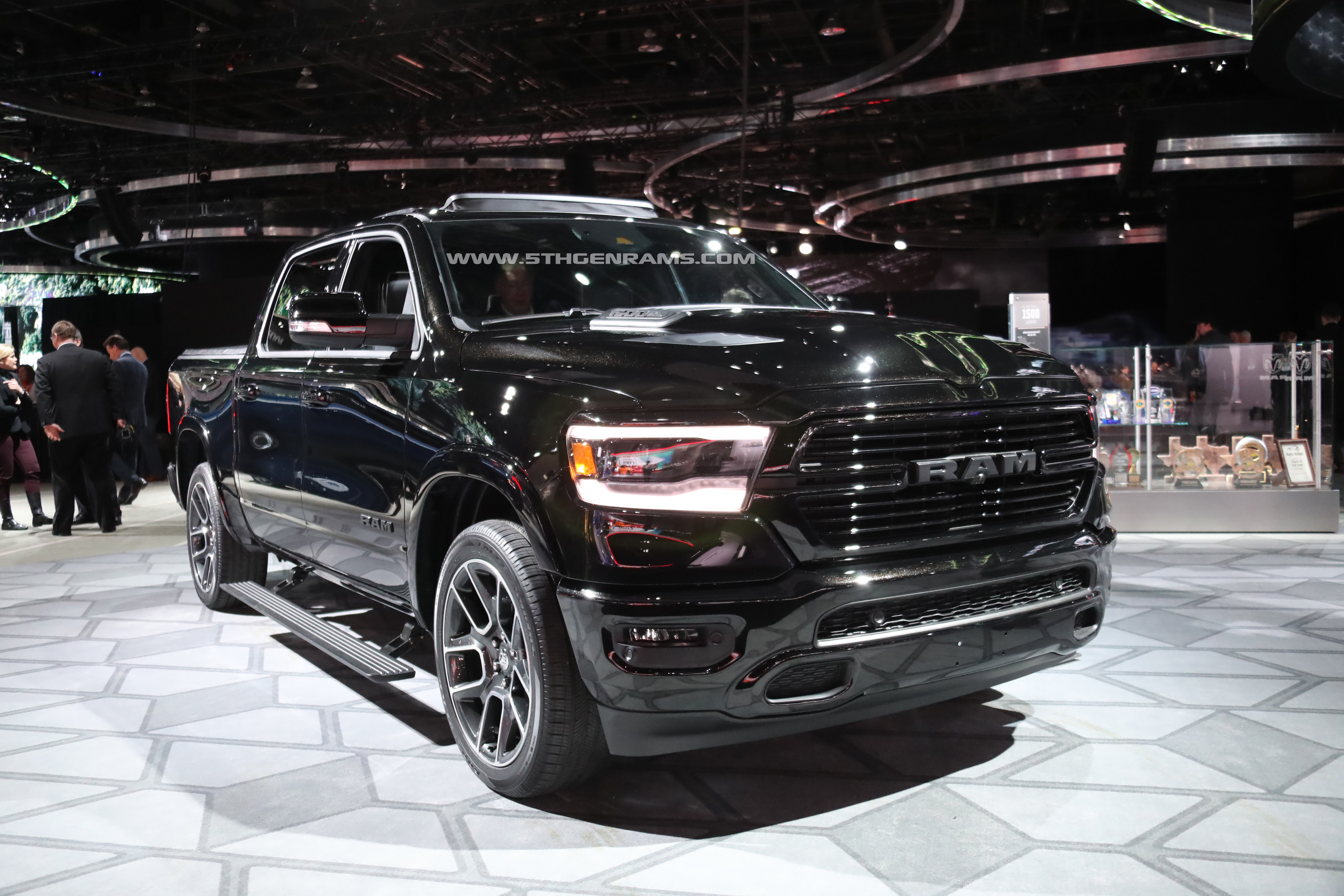I have to disagree on this. Electronically, a consumer cost of an $80 DSP can handle this solution. DSP is not what it use to be, it is not expensive, it is not all hardware but more software.
Is there a definitive way that you know that the HU is sending a flat 4 channels to the AMP/ANC module? The future "upgrader" in me hopes it is this way as this is something simple to work with, similar to the 4th gen. without Alpine where I could take the signal to a DSP and play to my hearts content. The last gen. with Alpine made this difficult as a separate volume knob was required in the system as the output from the HU was a fixed signal to the AMP and the volume knob of the HU controlled the AMP, not the HU.
Back to the DSP, this is the "natural" job of a DSP but you are not including the polarity or phase task of the DSP. What if it is at this point the system changes phase of a speaker to compensate for Surround Sound or ANC? If it does, which I do believe it does, there would have to be checks in the system, those checks being polarity because the system would have to know where the current phase is. ie, the system has to know, regardless of wiring, the current polarity of the speaker. From an "upgrader's" point of view, if those flat 4 signals are present from the HU, what I just wrote, really does not matter.
This is exactly what I am asking. Does polarity change from mode to mode? If it does, then that would prove my "theory" that the system is auto-sensing and dictating within the AMP/ANC Module making the wiring to each individual speaker irrelevant.
Understood but when using a DSP, you have left and right in a typical car setup. You can combine those channels electronically, create left, right, front, back, center and the output would be the basic expectation of an input to an amp. Your method of explanation gives a great understanding of old-school audio, please do not take that term as offensive as I bow to you but my original post and my response to this post is to understand and hopefully create a dialog among audio geeks so that we can finally figure out what is going on.......so I can selfishly upgrade my system to be the envy of every ear.













